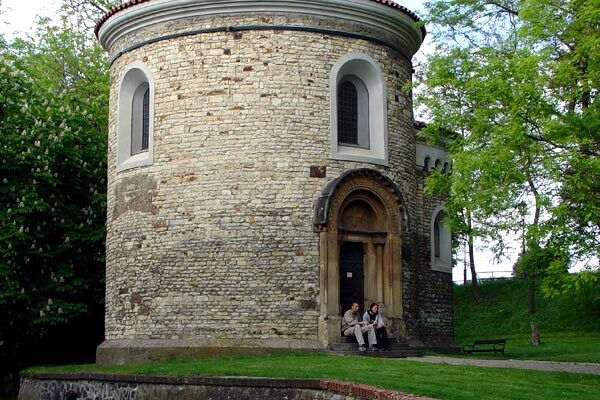Vyšehrad Castle
Vyšehrad is a historical district of Prague, the legendary birthplace of the Czech nation. It is situated on a rocky hill at the foot of which the Vltava River flows. Vysehrad is also called the former residence of the first Czech rulers, which eventually changed its status to a military fortress. Today it is an open-air museum and one of the most interesting sights of the Czech capital.
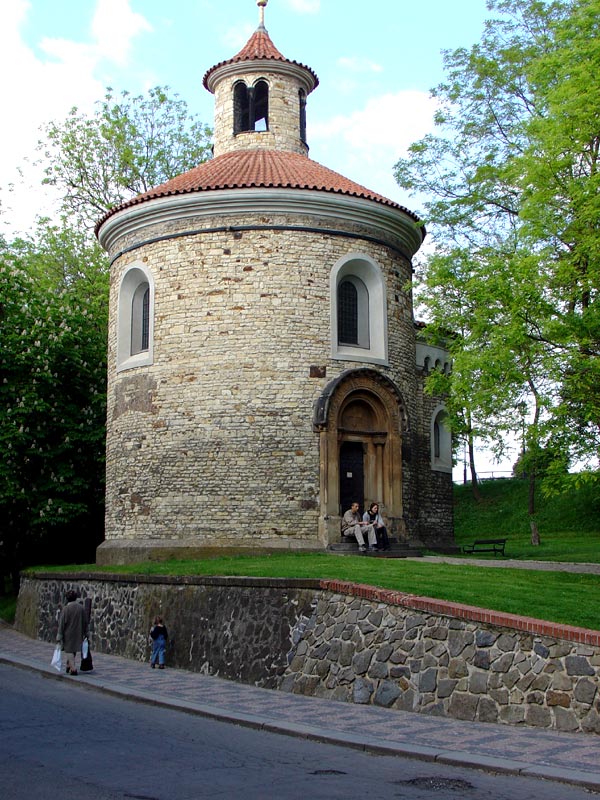
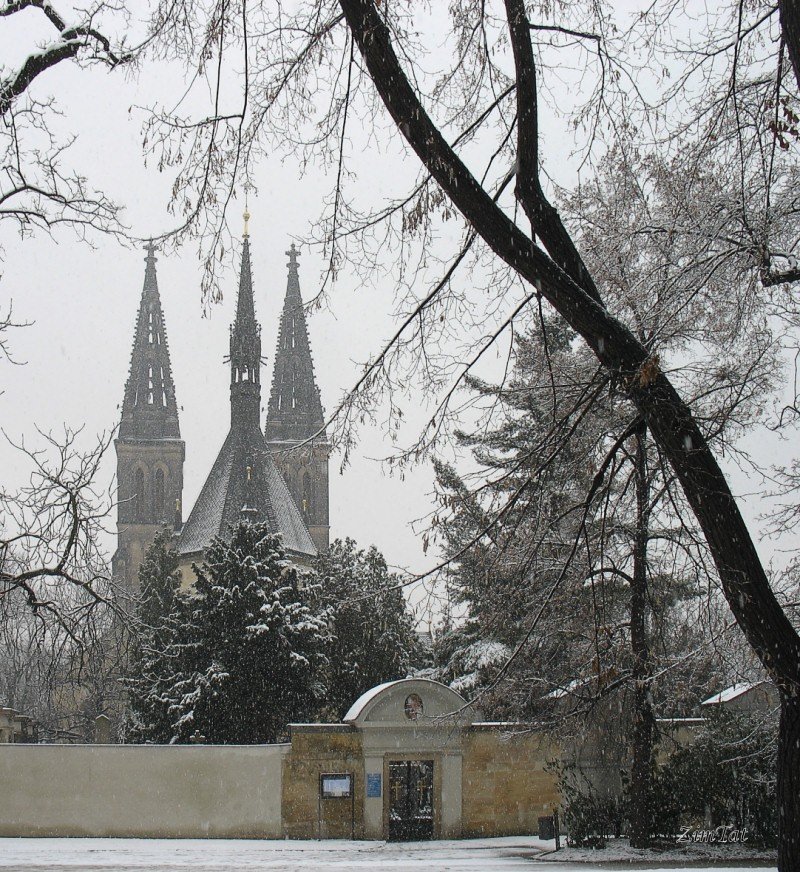
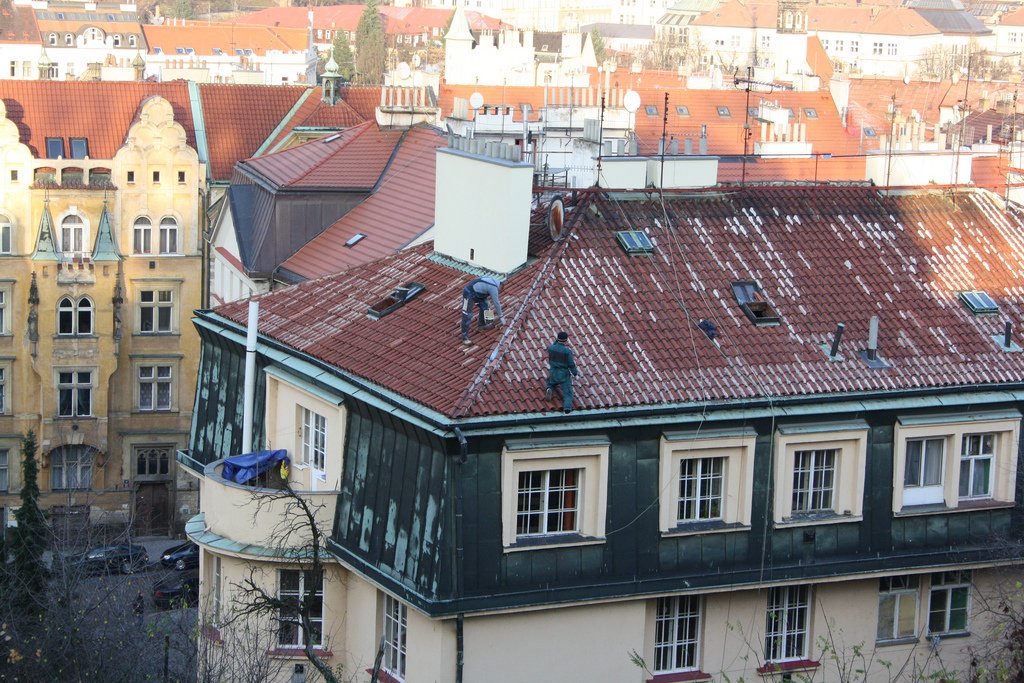
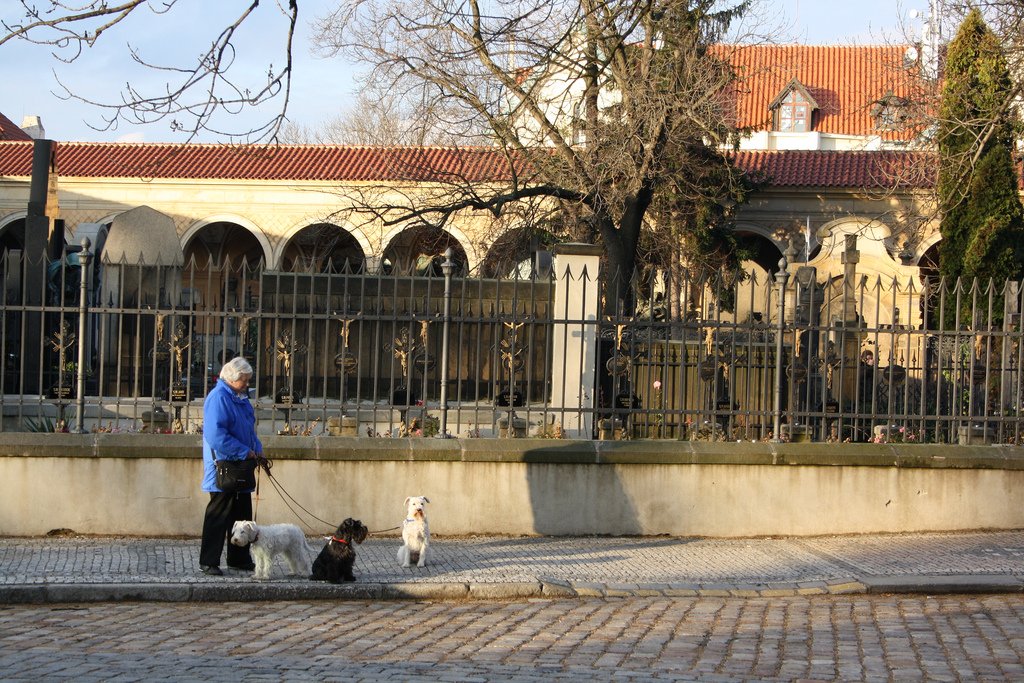
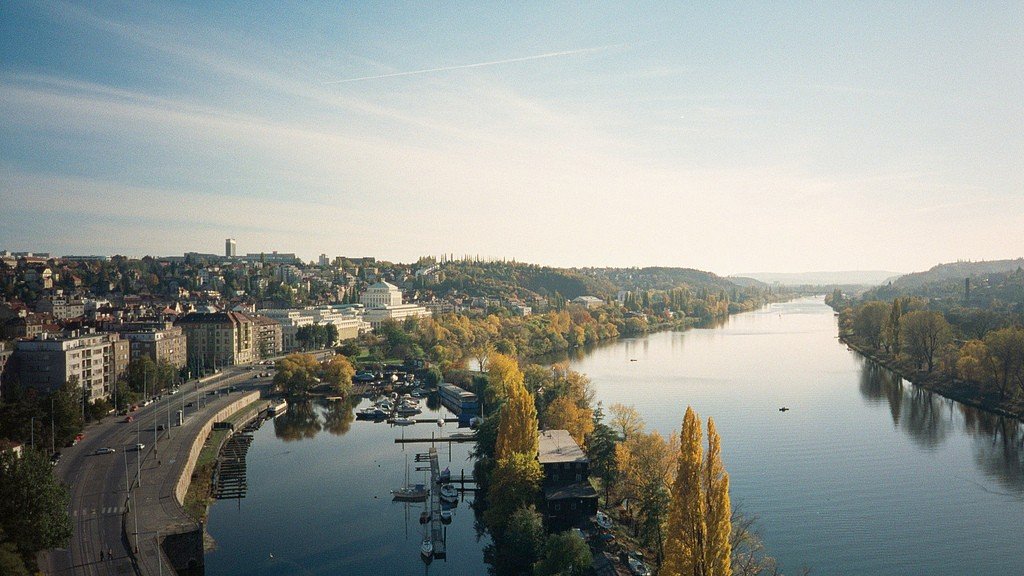
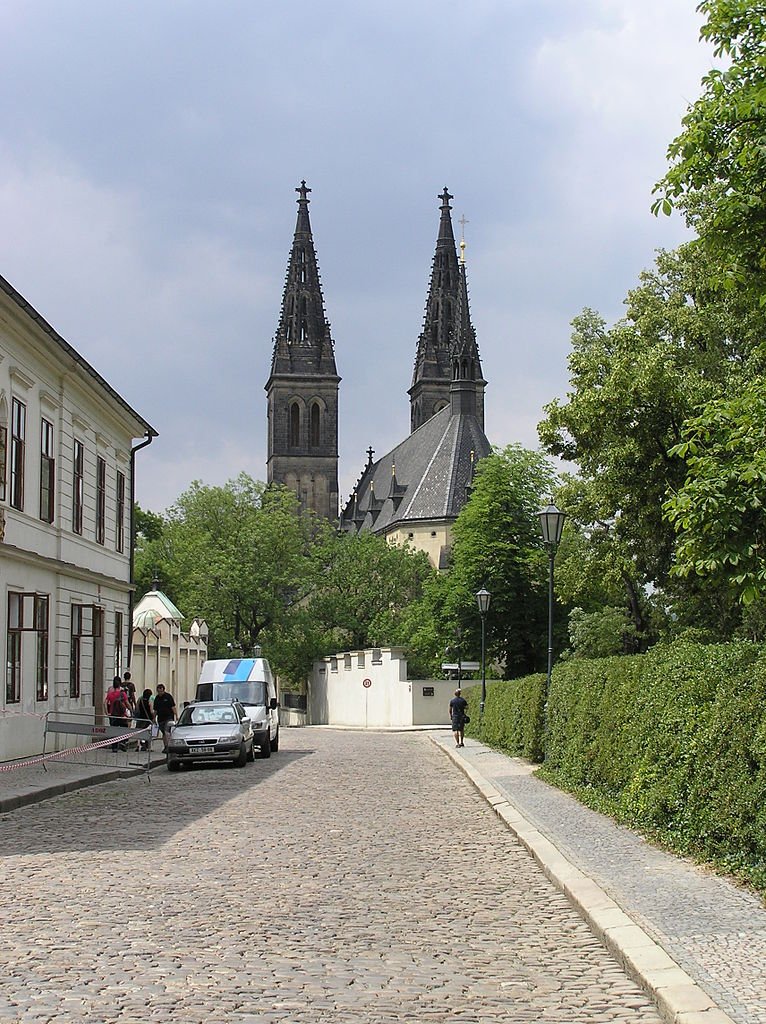
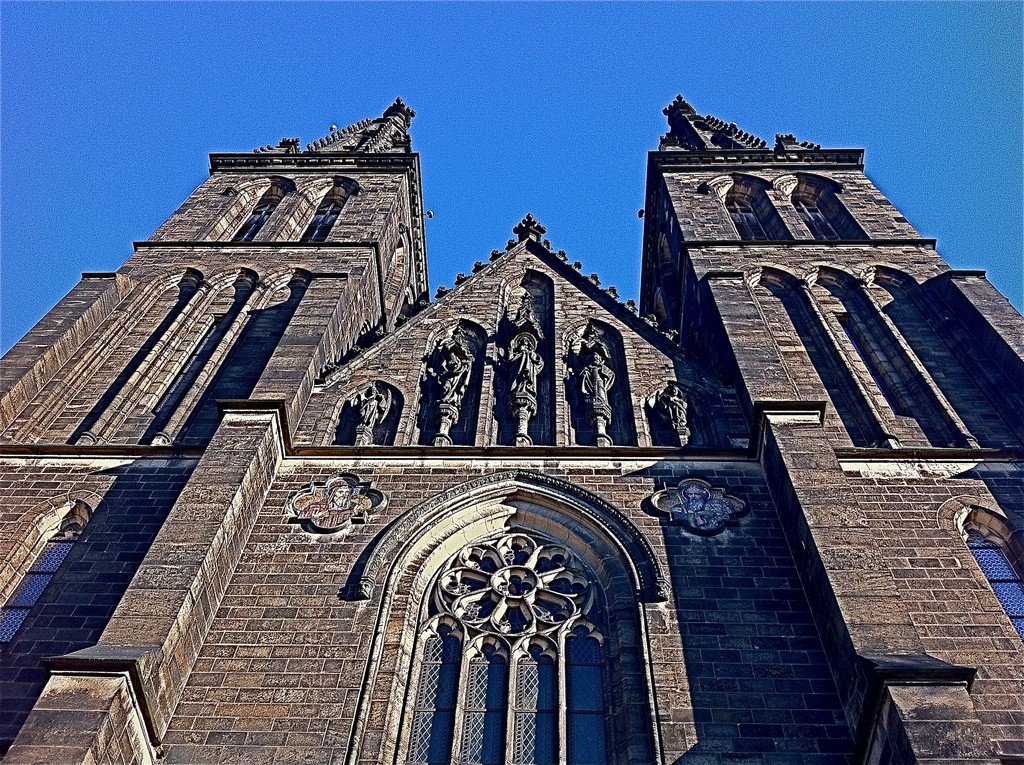
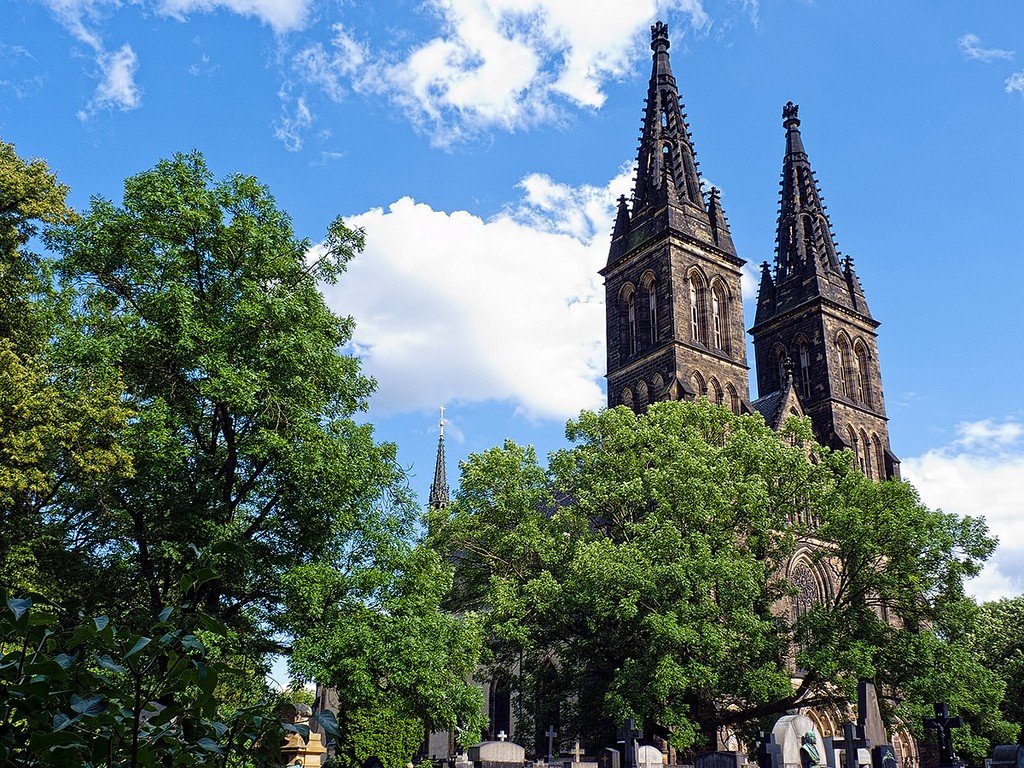
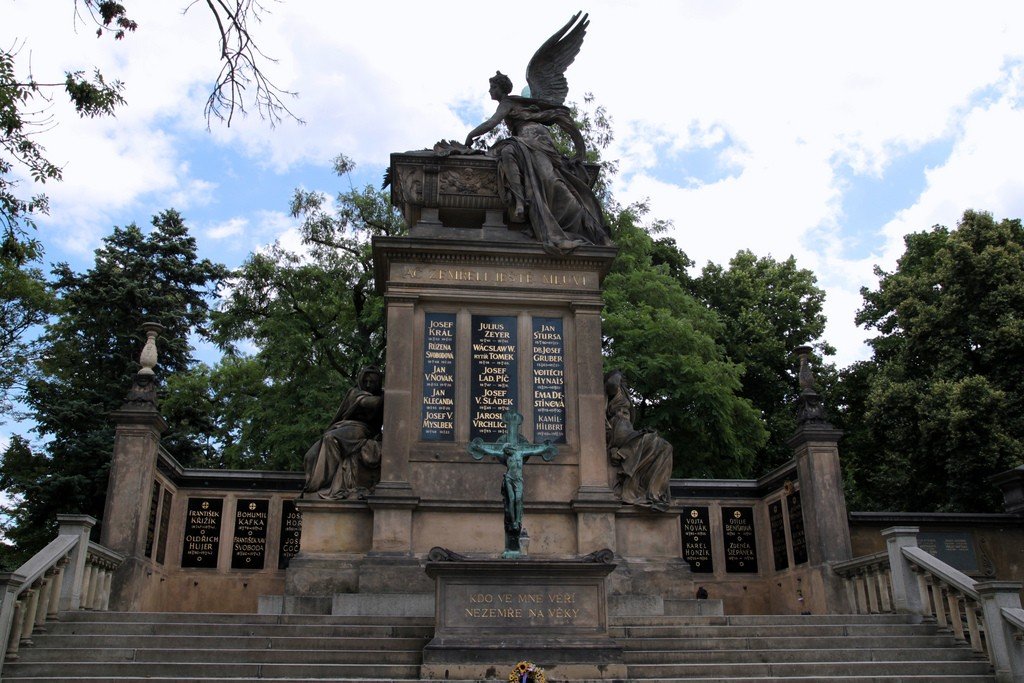
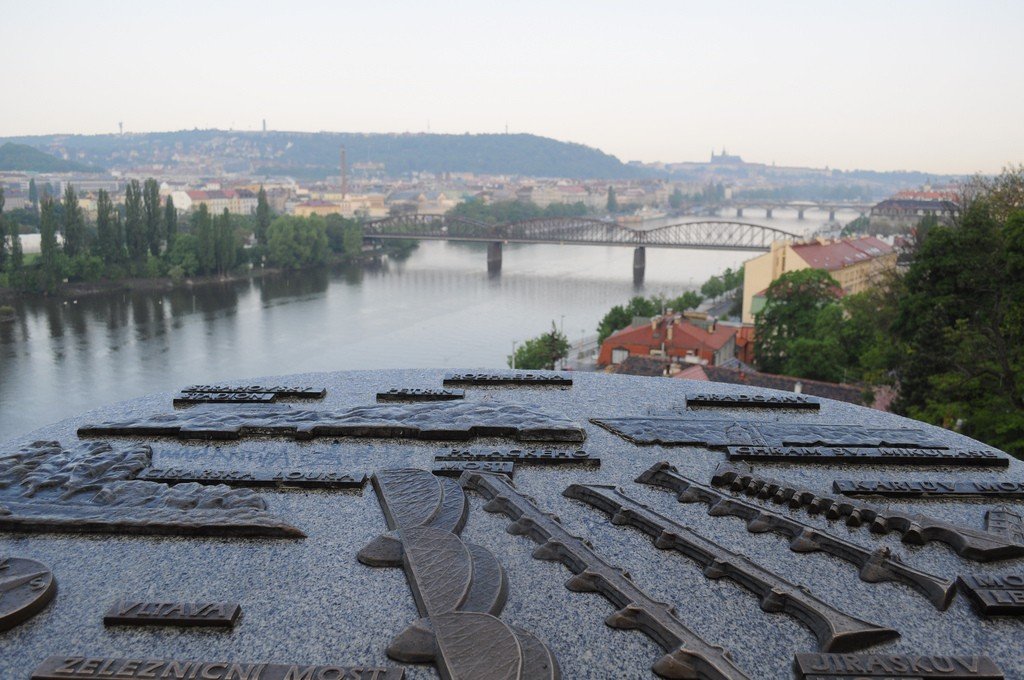
Video: Vysehrad
ContentsHighlights
Urban development has hardly touched Vysehrad. Time seems to have stopped here, and this outskirts district of historic Prague looks quite romantic. Travelers come here to see the famous Church of Saints Peter and Paul, to see the magnificent tombstones of the National Pantheon, to descend into the underground casemates and look under the vaults of the Gorlice Hall, where exhibitions and theatrical performances are periodically held, or in the Gothic crypt with a small exhibition about the history of Vysehrad.
.There are practically no crowds of tourists in Vysehrad, and in the mornings and evenings in this part of the city and in general reigns an atmosphere of complete peace and solitude. Here it is pleasant to wander leisurely along the winding paths of Vysehrad Park, walk along the fortress walls, from where you can enjoy breathtaking views of the Vltava bridges, Prague Castle, and the modern districts of the Czech capital.
.
History of Vyšehrad
The history of Vyšehrad is steeped in legends, recounting events that took place here in the 8th century. According to legend, the town and fortress on the top of a high mountain was founded by Prince Krok, the mythical ruler of the Czechs. Here, in her father’s palace, the young princess Libuše foretold the birth of Prague. She also became the founder of the Přemyslovic royal dynasty, choosing the plowman Přemysl as her husband. Archaeologists are skeptical about the legend, researchers attribute the foundation of Vyšehrad to the second half of the X century, and by that time Prague Castle had already been erected. However, this does not take away Vyšehrad’s status as one of the first centers of the Czech state and does not diminish the importance of the legend of its foundation. In the second half of the 19th century, at the height of the Czech National Renaissance, the legend became especially popular. For example, the composer Bedřich Smetana based his solemn opera Libuše on it.
.
The heyday of Vyšehrad dates back to the 11th century and is associated with the name of the ruler Vratislav II, who established his residence here. Under his rule, Czech coinage was minted here, fortifications were built, the rotunda of St. Martin and the Basilica of St. Peter and St. Paul were laid out, and the Vyšehrad chapter (collegium), independent of the Prague bishopric, was founded here. The royal palace stood presumably in the southwestern part of Vyšehrad, under the Vyšehrad Rock.
.On July 30, 1119, a tornado, one of the deadliest in European history, struck Vyšehrad. It killed more than 900 people and destroyed most of the buildings, including the princely palace. However, Vyšehrad remained the residence of the Czech rulers until 1140.
.
The new heyday of Vyšehrad came during the reign of Charles IV (14th century), the Czech king who became Holy Roman Emperor. Under his reign, Nové Město was founded and the revival of Vyšehrad’s glory began. The two parts of the city were connected by fortress walls, the architects rebuilt the dilapidated fortifications of Vysehrad and erected 15 square towers. Now the main approach to Prague from the south led through Vysehrad.
.
Under Charles IV, the royal palace in Vysehrad was reconstructed and the Church of St. Peter and Paul was rebuilt. He also introduced the tradition of starting the coronation procession of Czech rulers from Vyšehrad. This had to be preceded by worship of the founder of the Přemyslovich dynasty, Přemysl the Plowman. His suma and bald clogs, symbols of the folk origins of the monarch’s power, were kept in Vyšehrad.
.In the first half of the 15th century, during the Hussite Wars, Vyšehrad suffered destruction, after which many inhabitants left. In the following period it was inhabited mainly by small craftsmen. However, its fortifications did not lose their importance in the defense system of Prague. In 1653, Vyšehrad was actively rebuilt as a fortress. It had the shape of an irregular pentagon and was fortified with 5 bastions, each of which bore the name of one of the most revered saints in Prague. The development of civilized urban infrastructure in Vyšehrad was suspended.
The Vyšehrad fortress did not cover itself with military glory, and the whole system of ancient forts was recognized as obsolete in the 19th century. In 1866, it was decided to transfer the Prague fortifications to the municipality, and soon the walls around the city began to be gradually abolished. Despite the abolition of the fortress, Vyšehrad was officially run by the military administration until 1911, when its defenses were finally handed over to Prague.
.
The modern appearance of Vysehrad began to take shape in the second half of the 19th century, with the rebuilding of the Church of Saints Peter and Paul, and was generally formed by the end of the last century.
.Walking around Vysehrad
Vysehrad is surrounded by high walls built in the 17th century, and the entrance is through a gate. Exiting the metro and passing the impressive Congress Center building, you’ll find yourself at the Baroque Tabor Gate, one of Prague’s best-preserved defensive structures. It was once equipped with a lift bridge and protected the exit to the town of Tábor, which is why it got its name. The area in front of the gate is paved with stone, and the walls adjacent to the opening are made of variegated bricks with fragments of so-called raisin masonry.
.
The street with the ancient name “In Singing” leads from the Tabor Gate to Leopold’s Gate, named in honor of Emperor Leopold I.
. Approximately in the middle of this 250-meter-long path you can see the Gothic fortress gate Špička, dating back to the 14th century. Today, only a fragment of the first level remains of this portal. Not far from the Špička Gate is the Vyšehrad Information Center, where tourists are offered maps, booklets in different languages, including Russian..
The spectacular Leopold Gate, the grand entrance to the fortress, was erected in the 70s of the XVII century. They are crowned with a stone sculpture of an eagle. On its sides, just below it, there are images of two lions. To the right of the presentation gate is a small rotunda of St. Martin, built in Romanesque style. Built in the 11th century, it is the oldest building in Vyšehrad and one of the oldest architectural sights in Prague. The miniature rotunda, consisting of a circular nave and a semicircular apse, stands out for the restraint and austerity of its ascetic architecture. Looking at it, it is easy to believe in the ancient legend about the ghostly processions of knights in armor and priests periodically appearing here. Under the singing of mournful psalms they supposedly head towards the chapel and disappear, passing into its halls through invisible doors.
.
During its existence, the Rotunda of St. Martin was the personal chapel of King Vratislav II, then the ladies and gentlemen of the royal retinue and the inhabitants of the forecourt prayed here. During the Hussite Wars, the rotunda was looted and later the roof was struck by lightning, which caused a fire. After Vyšehrad was transformed into a fortress, church services were not resumed in the renovated rotunda, and a gunpowder storehouse was located under its vaults. In 1757, during the Prussian siege of Prague, a cast-iron cannonball hit the wall of the ancient building and remained there forever. In the second half of the next century, the Vyšehrad Chapter bought the rotunda from the military, and in 1880 it was re-consecrated. Today, the chapel can be viewed with partially preserved early Baroque paintings from the 17th century and later paintings that appeared after it was returned to the church.
.
If you turn left onto Sobeslavova Street, you will come to the two-story building of the Old Deanery. A stone wall with a neo-Romanesque portal adjoins it on the right side. The gate leads to the excavated ruins of the Early Romanesque Basilica of St. Lawrence, built in the 11th century, during the reign of Vratislav II. The views from this place are magnificent.
.
To the west is the well-maintained Vysehrad Park and the Church of St. Peter and Paul. A large church was built on this site at the end of the 11th century, under Vratislav II, who moved his residence to Vysehrad. According to legend, the king carried on his own shoulders the first 12 baskets of stones that formed the basis of the future church, under which the chapter was soon founded. Originally the church was a three-nave Romanesque basilica. In 1249 a fire broke out in the church, and it was rebuilt in Early Romanesque style.
In 1369, under Charles IV, who honored the traditions of his ancestors – Přemyslovic, the church was extensively reconstructed, after which it acquired the appearance of a Gothic three-nave church. Two centuries later it was reconstructed in the Renaissance style, and in the first half of the 18th century in the Baroque style. The church acquired its modern neo-Gothic appearance in 1903, when its two 58-meter high towers were erected, which are today the hallmark of Vyšehrad.
.
In the tomb of the Church of Saints Peter and Paul rest the remains of the Přemyslovic family. A stone Romanesque sarcophagus from the 12th century has been preserved, in which one of the royalty was probably buried. The interior of the church is richly decorated with Baroque and Art Nouveau paintings. The relic of the church is the image of the Virgin Mary of Vyšehrad (or Rain). It was painted on a wooden board presumably in the middle of the 14th century.
.Since the 13th century there was a small cemetery near the church. It was enlarged in the late 19th century to fulfill the initiative of priests Václav Štulc and Mikuláš Karlách to create the National Pantheon – a burial place for citizens who left a bright mark on Czech history and culture. Today Vyšehrad Cemetery is one of the most important historical sights in Prague. Outstanding Czech writers, artists and musicians are buried here. The gravestones bear the names of Charles Čapek, Antonín Dvořák, Bedřich Smetana. Here you will see a whole sculptural gallery of monuments made by famous artists, many of whom rest near their creations.
.
The dominant feature of the pantheon is the Slavin tomb (1889-1893), located on the east side. The plot, where more than 50 prominent citizens are buried, is dominated by a sculptural composition by Josef Mauder. In its center is a sarcophagus, above which rises an allegorical figure called “Genius of the Fatherland”. The statues on its sides depict the Motherland in mourning and the Motherland in jubilation.
.From the fence of the Vysehrad cemetery to the rotunda of St. Martin’s stretches Karláchovy Gardens, the name of a wonderful park created by the efforts of Mikuláš Karlách, the rector of the Church of Saints Peter and Paul. Among the sculptures adorning the park, the Devil’s Pillar (or Devil’s Column), which is three column fragments tilted towards each other, is of constant interest to tourists.
.
There is a curious legend associated with this attraction. It tells of a priest who recklessly sold his soul to the devil, but before his death, repenting, wanted to break the agreement. And this could happen, according to the terms of the deal, if the devil could not fulfill any wish of the priest. On the advice of St. Peter, he demanded that the devil deliver the column from Rome to Vyshgorod before the mass in the church was over. On his way from Rome, the devil was caught in a storm, which St. Peter had sent upon him, and three times the column slipped out of his hands. Late for Mass, the devil in a rage threw the column directly at the church, causing it to break into 3 pieces.
.The true origin of the Devil’s Pillar is unknown. It is only confirmed that the debris did indeed lie on the floor of the Church of St. Peter and Paul for a long time.
.
Through the Brick Gate from the Carlsbad Gardens you can get to the casemates, which are labyrinth corridors stretching inside the fortress walls for 1 km. The 330 m² underground hall of Gorlice is open to tourists. Here you can see ancient sculptures that were moved under the vaults of Gorlice from the Charles Bridge.
.Attractions of the Stulc Gardens include a sculpture of the founder of the park, Probst Václav Stulc, and an equestrian statue of St. Prince Václav over 8 m high. It is a copy of a monument created at the end of the 18th century.
.
The park, located southwest of the Church of Saints Peter and Paul, was laid out in 1927. Previously, this area was part of the princely settlement. The park is decorated with sculptures of characters from old Czech legends: the legendary Libuše and Přemysl the Plowman, Lumir and Pesnya, representing the ancient Bohemian singer and his muse, the bogatyrs Zaboj and Slavoj, the warrior Ctirad and the beautiful Šarka. The author of the sculptural compositions is Czech sculptor Josef Myslbek. These talented works were created by the master in the 80s of the XIX century. The sculptures adorned the Palacky Bridge until they were damaged, like the bridge itself, at the end of the Second World War. They were moved to the Vysehrad gardens in 1948 after restoration.
.Practical information
You can walk around Vysehrad at any time of day. In the evening hours, all its ancient gates are spectacularly illuminated, lanterns set up in the streets and alleys of the parks are lit. You can enter the territory of the ancient castle for free, but to visit the Church of St. Peter and St. Paul and the casemates you will have to pay 50 crowns per person. Annotations in Russian, German, English and Czech are offered at the entrance.
There are several viewing platforms on the territory of Vysehrad. They are marked on maps and in guidebooks available at the information center. There are benches, small cafes, and paid toilets everywhere.
.
At the entrance to the park is the popular beer garden Hospudka Na Hradbach (“Tavern at the Tooth Wall”). It offers 3 small halls and an open-air summer garden with wonderful panoramas of Prague. This place has a huge selection of beer with lamb chops, fried sausages, Balkan gastronomy dishes.
.
250 meters from Vysehrad Park is the stylish restaurant U Kroka (12/28 Vratislavova Street). It serves traditional Czech cuisine, the average check for two people is 900 crowns, including alcohol. In the evening, tables need to be reserved.
.How to get there
The most convenient way to get to Vysehrad is to take the metro (red line C) to Vysehrad station. From here, it’s a 10-minute walk to the Tabor Gate. After a walk through the old town you can go down the stairs to Podolska Embankment, along which streetcars No. 2, 3, 17, 21 run. Route No. 17 is one of the most popular among tourists: it runs through the main sights of Prague.
.